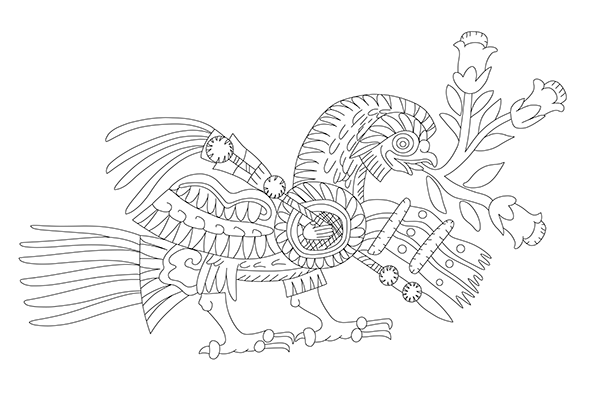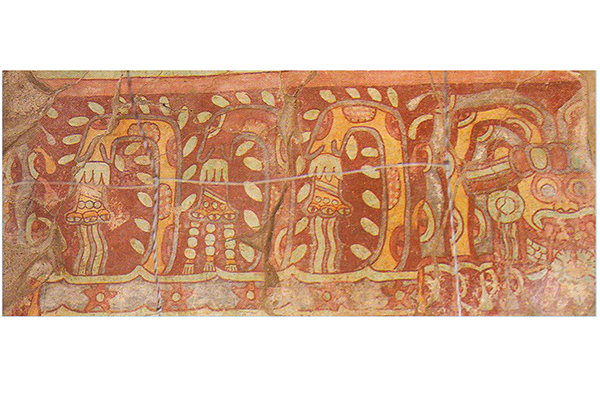
Davide Domenici
University of Bologna
Texts as Images: Observations on Teotihuacan ‘Emblematic Writing’ and its Reception in the Maya Area
Abstract
Despite the fact that the writing system employed in the Classic Mesoamerican city of Teotihuacan (Mexico) still resists decipherment, some of its structural principles can be grasped by means of a comparison with the later Late Postclassic and early colonial Náhuatl glyphs. In this way, various scholars have been able to tentatively identify toponyms, anthroponyms and titles within the known corpus of Teotihuacan inscriptions, some of which will be discussed in the presentation.
In a seminal paper, Karl Taube defined a specific set of Teotihuacan inscriptions as ‘emblematic’, stressing their large scale and highly iconic appearance. In this presentation, I will tackle various examples of Teotihuacan emblematic writing in order to stress some of their visual characteristics, arguing that Teotihuacan painters voluntarily and ingeniously emphasized the iconic value of their glyphs “disguising” them as mimetic images and thus virtuously playing across the boundary between text and image.
Karl Taube also observed that the emblematic character of Teotihuacan writing system was clearly perceived by contemporary Maya scribes, as shown by a famous Early Classic bas-relief from Copán where the name of the dynastic founder Yax K’uk Mo’ was shaped in an emblematic way alluding to the presumed Teotihuacan origin of the king. In the presentation I will discuss some similar cases painted on Late Classic ‘Codex Style’ vessels from the K’aanul Kingdom, where various royal names and titles were traced in emblematic form in order to visually communicate the alleged “Teotihuacan connection” of the local Maya royal house.
Images Related to the Talk

Teotihuacan - Bird & Weapons. Image credits: Elbis Domínguez

Tepantitla flowers

